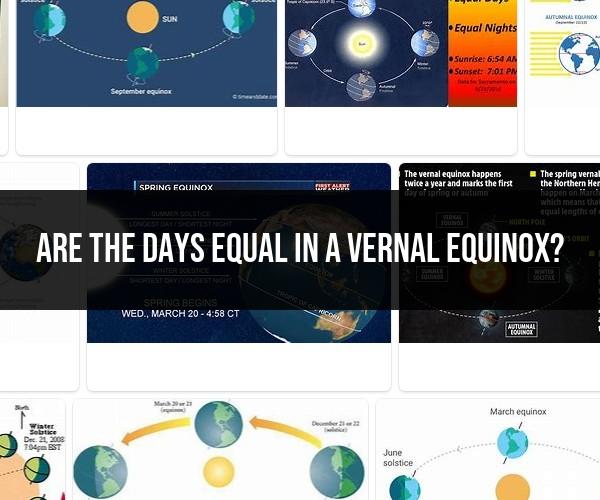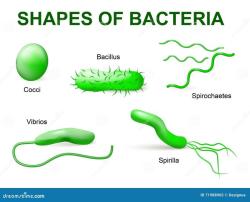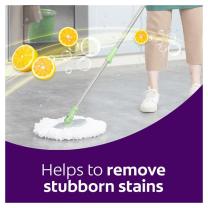Are the days equal in a vernal equinox?
The Vernal Equinox, also known as the Spring Equinox, is one of the two moments during the year when the Sun crosses the celestial equator, resulting in equal amounts of daylight and darkness for most locations on Earth. This astronomical event marks the beginning of spring in the Northern Hemisphere and autumn in the Southern Hemisphere.
When Does the Vernal Equinox Occur?
The Vernal Equinox occurs around March 20th or 21st in the Northern Hemisphere. The exact date may vary slightly each year due to the Earth's orbit around the Sun. In the Southern Hemisphere, the Vernal Equinox happens around September 22nd or 23rd.
Equal Daylight and Nighttime Hours
During the Vernal Equinox, the Sun is positioned directly above the Earth's equator. As a result, the day and night are approximately equal in length all over the world. This is where the term "equinox" comes from, derived from the Latin words "aequus" (equal) and "nox" (night).
Significance of the Vernal Equinox
Throughout history, the Vernal Equinox has been a significant event for various cultures and civilizations. It is often associated with themes of rebirth, renewal, and fertility, as it marks the transition from the cold winter months to the warmer spring season.
In many cultures, the Vernal Equinox is celebrated with festivals and rituals that honor the changing of the seasons and the awakening of nature. These celebrations often involve traditions such as planting seeds, decorating eggs, and performing dances to welcome the arrival of spring.
Scientific Understanding
The Vernal Equinox is a natural phenomenon caused by the tilt of the Earth's axis. At this time of the year, neither the North Pole nor the South Pole is tilted towards the Sun, resulting in equal illumination of both hemispheres.
After the Vernal Equinox, the Northern Hemisphere tilts towards the Sun, leading to longer daylight hours and warmer temperatures, while the Southern Hemisphere tilts away from the Sun, experiencing shorter days and cooler temperatures, leading to the arrival of autumn.
Conclusion
The Vernal Equinox is a fascinating astronomical event that marks the balance between day and night as the Earth transitions into a new season. It holds cultural and scientific significance and reminds us of the cyclic nature of our planet's journey around the Sun.













